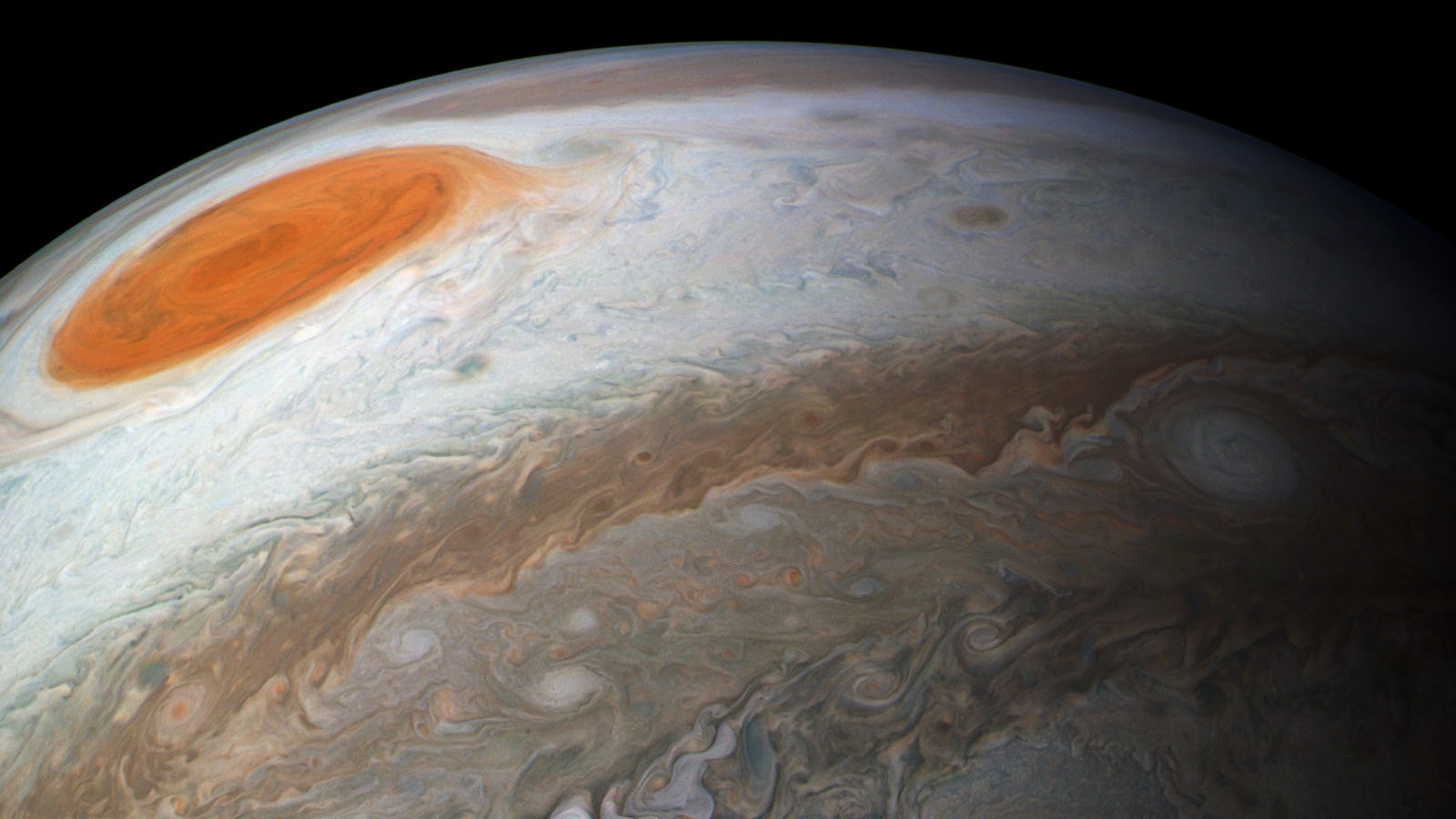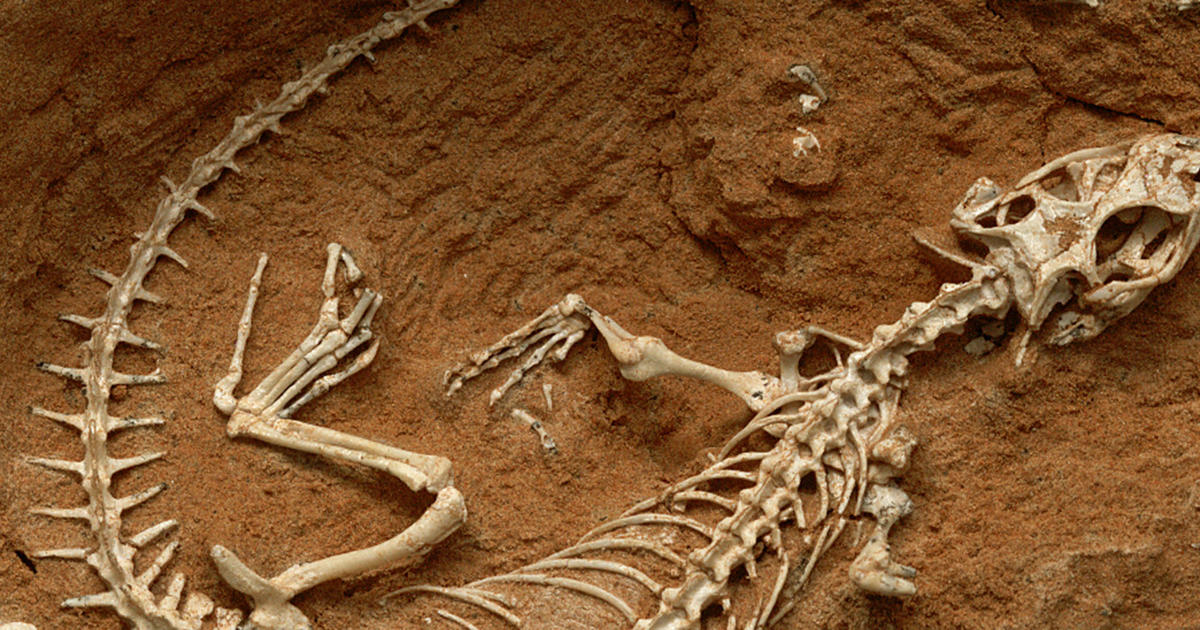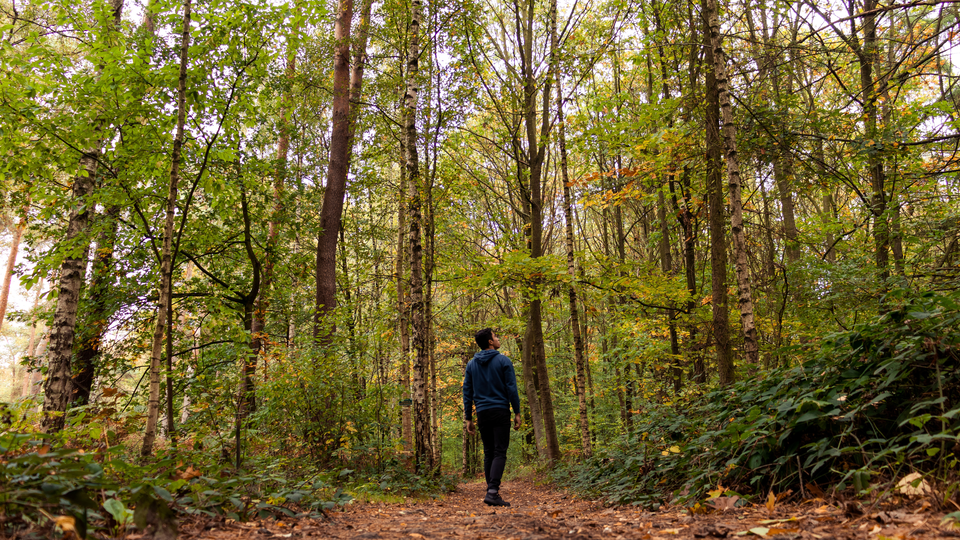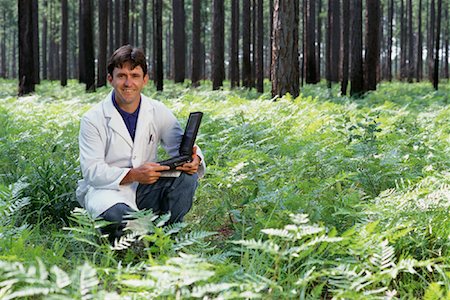Jupiter’s Great Red Spot
If you were to look up in the sky tonight, chances are you may see the planet Jupiter. If you have a low powered telescope it is even possible that you might see the planet’s great red spot, or eye. This jovian “superstorm” has been raging for at least 350 years. The jupiter hurricane is […]









